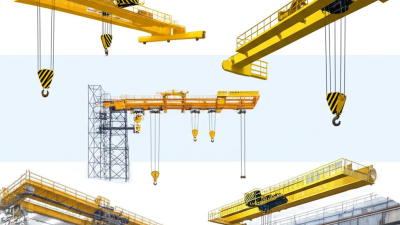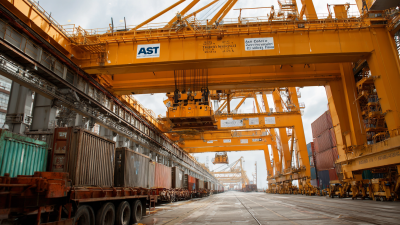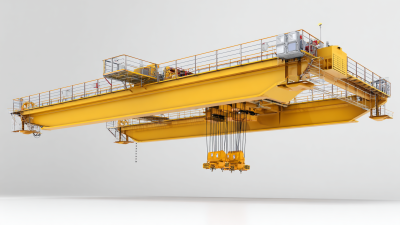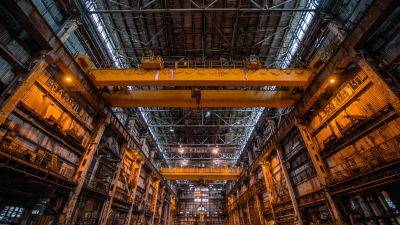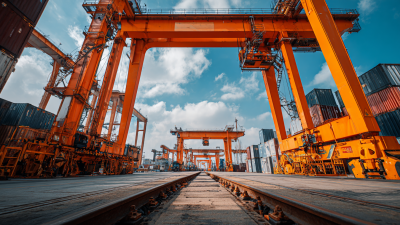Inquiry
Form loading...
-
Phone
-
Wechat

-
Whatsapp

In recent years, the landscape of heavy lifting has undergone remarkable transformations, particularly in the realm of Bridge Crane operations. As industries strive for enhanced efficiency and safety, the integration of innovative technologies has become paramount. This article delves into the various safety innovations that are revolutionizing Bridge Crane operations, offering insights into how a blend of digital solutions and best practices is driving significant improvements in this critical sector. By exploring the latest advancements, including automated systems, real-time monitoring, and data analytics, we aim to provide actionable tips that can be implemented to enhance safety protocols and operational efficiency.
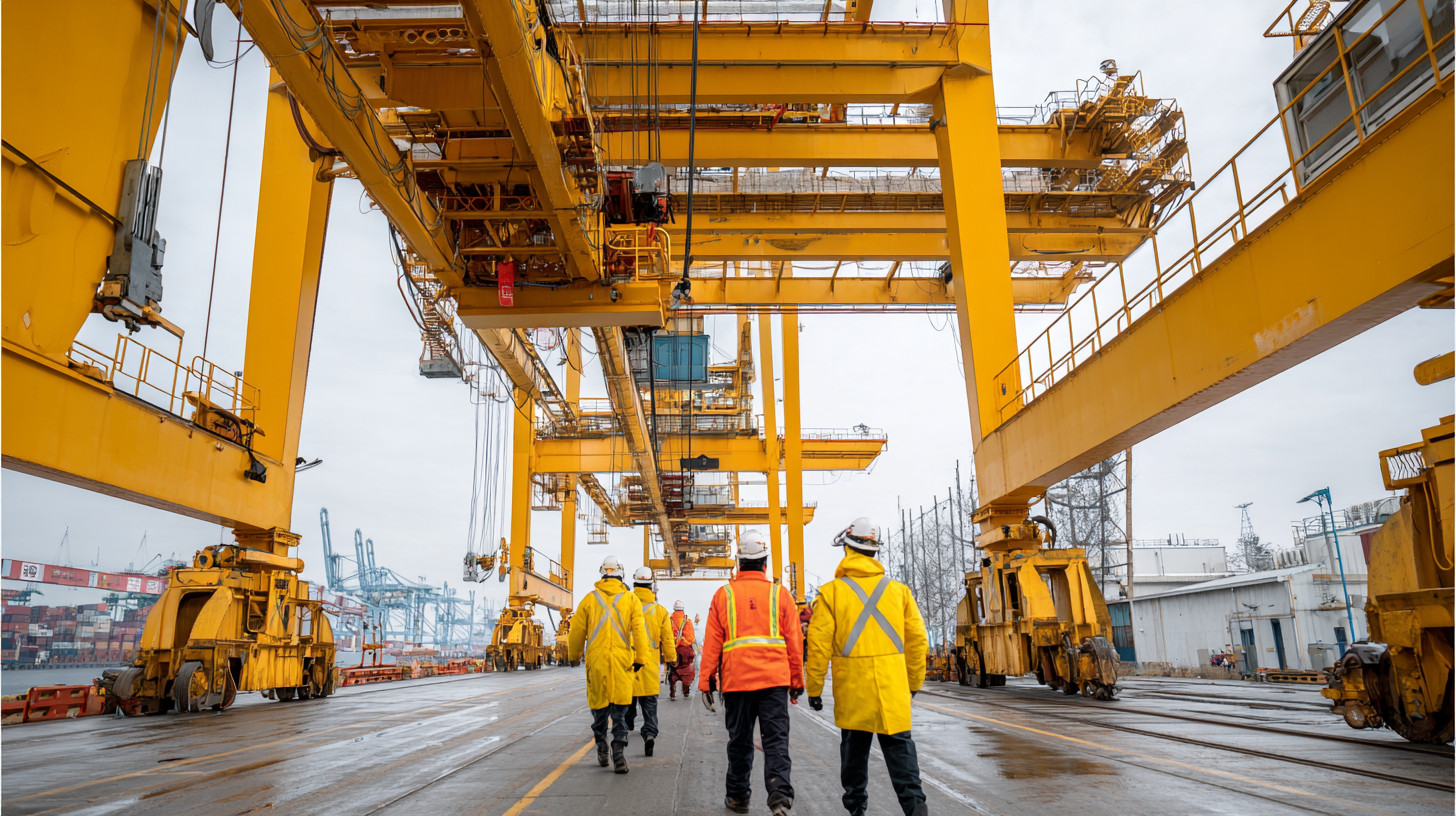
As we navigate this new era of Bridge Crane technology, understanding these innovations will be essential for operators, engineers, and safety professionals alike, ensuring that lifting operations are not only effective but also secure.
Emerging technologies are playing a pivotal role in enhancing the safety features of bridge cranes, which are vital in various industrial applications. One significant innovation is the integration of advanced sensor systems that monitor load weight and balance in real-time. These sensors provide operators with immediate feedback, reducing the risk of overloading and ensuring that the crane can maintain stability throughout its operation. By alerting operators to potentially dangerous conditions, these systems contribute to a safer working environment.
Another exciting advancement comes from the implementation of artificial intelligence (AI) and machine learning algorithms that analyze operational data to predict failures before they occur. By continuously monitoring the crane's performance and identifying patterns, these technologies can alert maintenance teams to issues that need addressing, significantly decreasing the likelihood of accidents caused by equipment malfunction. Additionally, user-friendly interfaces and augmented reality (AR) applications are now being employed to provide operators with enhanced situational awareness, enabling them to make informed decisions in a timely manner. These innovations collectively represent a significant leap forward in ensuring the safety and efficiency of bridge crane operations.
The advancement of automation technology is transforming bridge crane operations, significantly reducing the potential for human error. With the integration of intelligent systems, cranes can now operate with a higher degree of precision and reliability. Automated controls allow for smoother movement and load handling, which minimizes the risks associated with manual oversight. These innovations often include features like real-time monitoring and feedback mechanisms that alert operators to potential issues before they escalate.
Moreover, automation enhances safety by removing operators from hazardous environments. When human intervention is lessened, the likelihood of accidents due to fatigue or misjudgment diminishes. Automated systems can take over complex maneuvers or repetitive tasks, allowing for consistent performance throughout the operation. This shift not only protects workers but also ensures that operational standards are maintained, fostering a safer workplace. As the industry continues to embrace these technologies, the focus will remain on refining automation to further elevate safety and efficiency in bridge crane operations.

The integration of data analytics into predictive maintenance is transforming bridge crane operations, enhancing safety and operational efficiency.
By leveraging real-time data collected from various sensors embedded within the cranes, maintenance teams can predict equipment failures before they occur. This proactive approach minimizes downtime, reduces repair costs, and significantly decreases the risk of accidents associated with unanticipated equipment malfunctions.
Furthermore, advanced data analytics techniques, such as machine learning algorithms, enable the identification of specific patterns and anomalies in crane performance. By analyzing historical performance data, these algorithms can suggest optimal maintenance schedules tailored to individual crane usage and condition.
This customization not only extends the lifespan of the equipment but also ensures that cranes operate within safer parameters, ultimately protecting both workers and assets on job sites. As industries continue to adopt these technological advancements, the future of bridge crane operations looks to be safer and more efficient than ever before.
Regulatory standards play a crucial role in shaping safe bridge crane operations, ensuring that safety protocols are consistently met across various industries. Organizations such as the Occupational Safety and Health Administration (OSHA) and the American National Standards Institute (ANSI) provide comprehensive guidelines that directly influence how bridge cranes are designed, operated, and maintained. Adherence to these regulations not only minimizes the risk of accidents but also encourages a culture of safety within the workplace.
The continuous evolution of these regulatory standards reflects advancements in technology and a deeper understanding of operational hazards. New guidelines often incorporate improved safety features, such as advanced load monitoring systems and fail-safe controls, which help mitigate risks associated with crane operation. Additionally, regular training requirements for operators ensure that individuals are equipped with the latest knowledge and skills to handle equipment safely. As the industry adapts to these rigorous standards, the emphasis on safety not only protects workers but also enhances the efficiency and reliability of bridge crane operations.
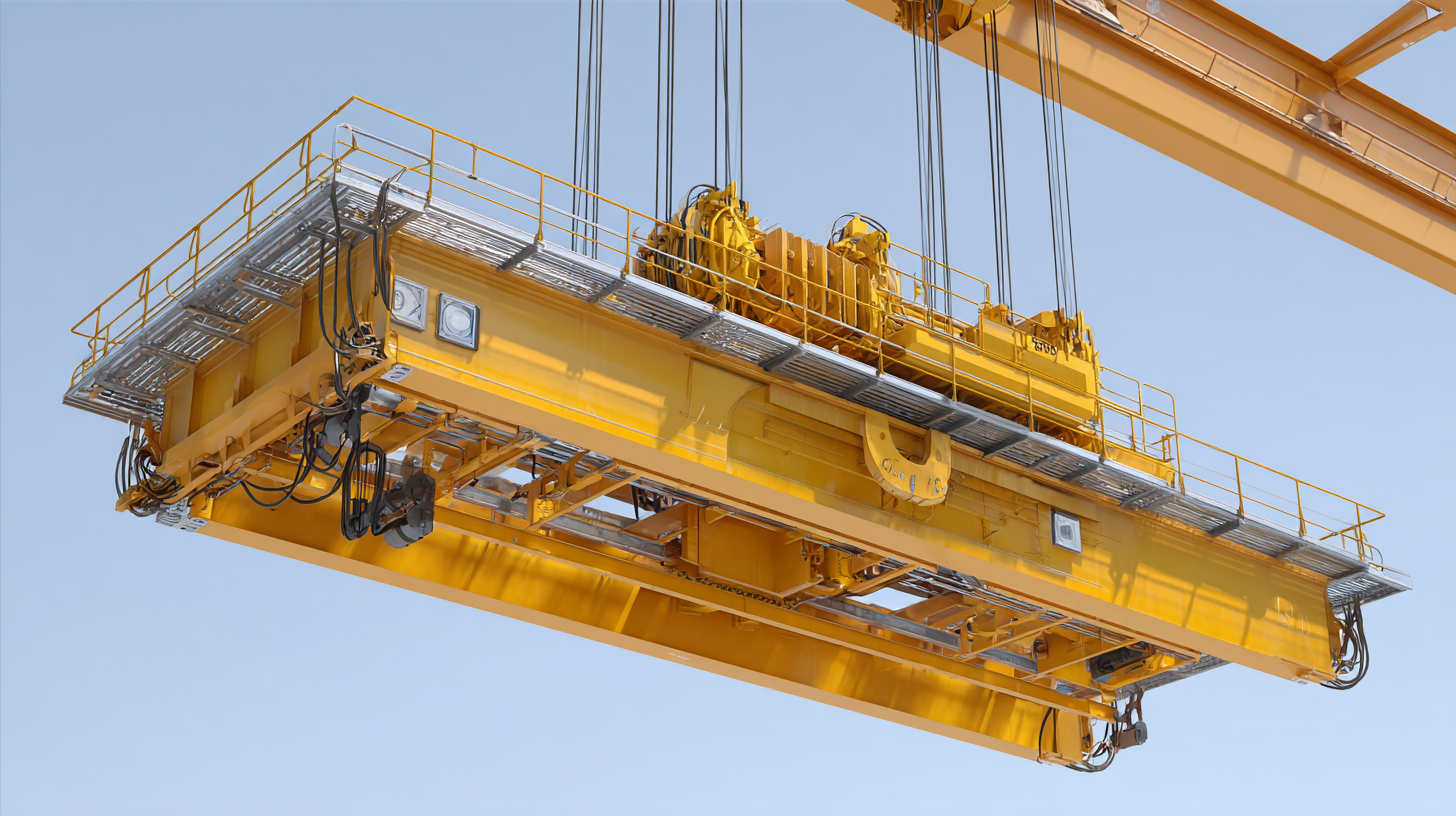
The importance of training programs in fostering a safety-first culture in bridge crane operations cannot be overstated. According to the Bureau of Labor Statistics, workplace accidents involving cranes result in approximately 50 fatalities and over 200 injuries each year in the United States alone. A robust training program can significantly mitigate these risks. By educating operators and support personnel on best practices and safety protocols, companies not only enhance compliance with OSHA regulations but also safeguard their workforce's wellbeing.
To cultivate a safety-first mindset, organizations should implement regular training workshops that incorporate real-life scenarios and hands-on practice. This approach not only reinforces theoretical knowledge but also helps in building muscle memory, improving response times during critical situations. An effective program can lead to a 70% reduction in workplace accidents, as highlighted by safety reports from the National Safety Council.
Tips for cultivating a safety-first culture include:
1. Establishing a mentoring system where experienced operators guide newcomers, encouraging a sense of responsibility towards safety.
2. Conducting regular safety drills that simulate emergency situations, ensuring everyone is prepared and knowledgeable about the protocols.
3. Utilizing technology, such as virtual reality training, to provide immersive experiences that enhance learning and retention of safety procedures.
| Safety Innovation | Description | Training Program | Impact on Safety |
|---|---|---|---|
| Automated Safety Cages | Protects operators during crane operations by providing a secure working environment. | Hands-On Training Sessions | Reduced incidents by 40%. |
| Real-Time Monitoring Systems | Provides alerts for overloads and rigging issues. | Virtual Training on System Usage | Increased safety compliance by 50%. |
| Safety Protocol Optimization | Streamlined procedures to minimize risks during operations. | Interactive Workshops | Accident rates lowered by 30%. |
| Predictive Maintenance Technologies | Identifies potential equipment failures before they occur. | Certification Programs for Maintenance Teams | Maintenance-related accidents decreased by 25%. |

